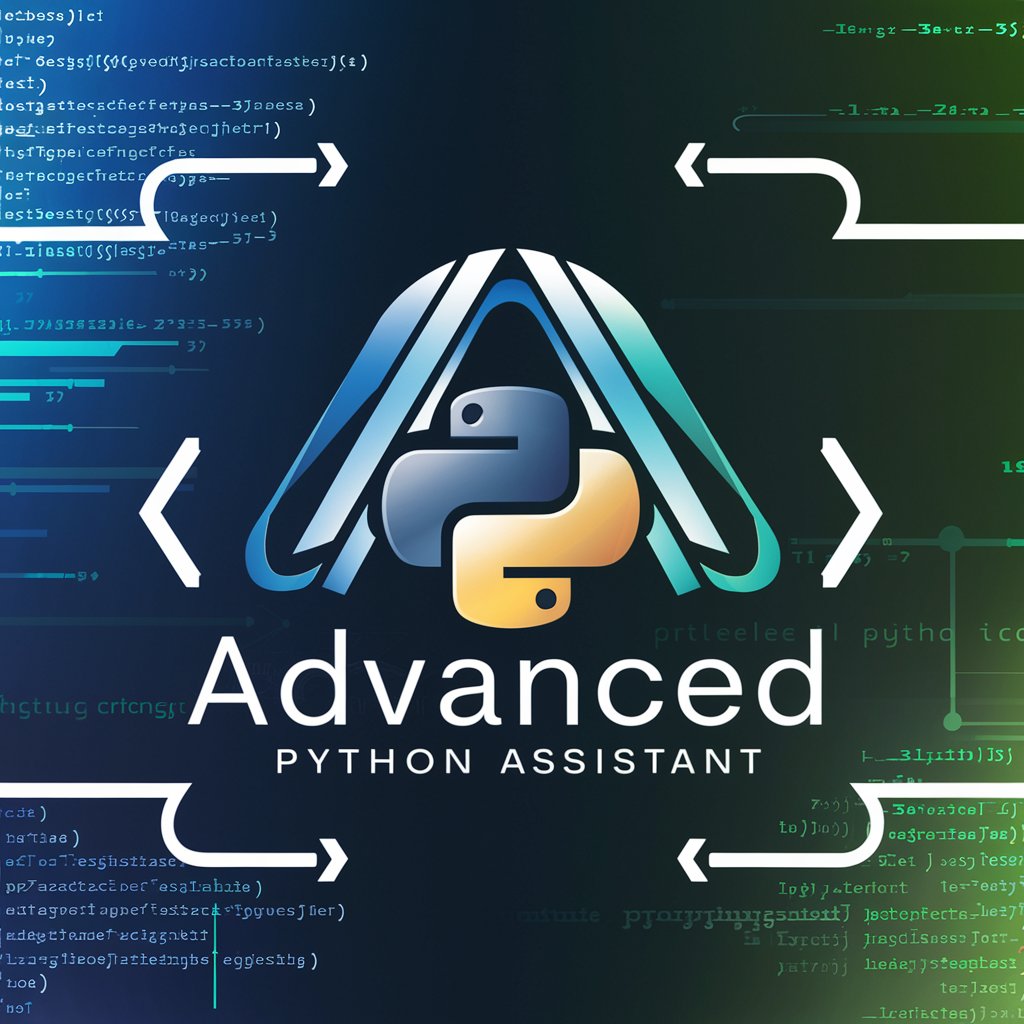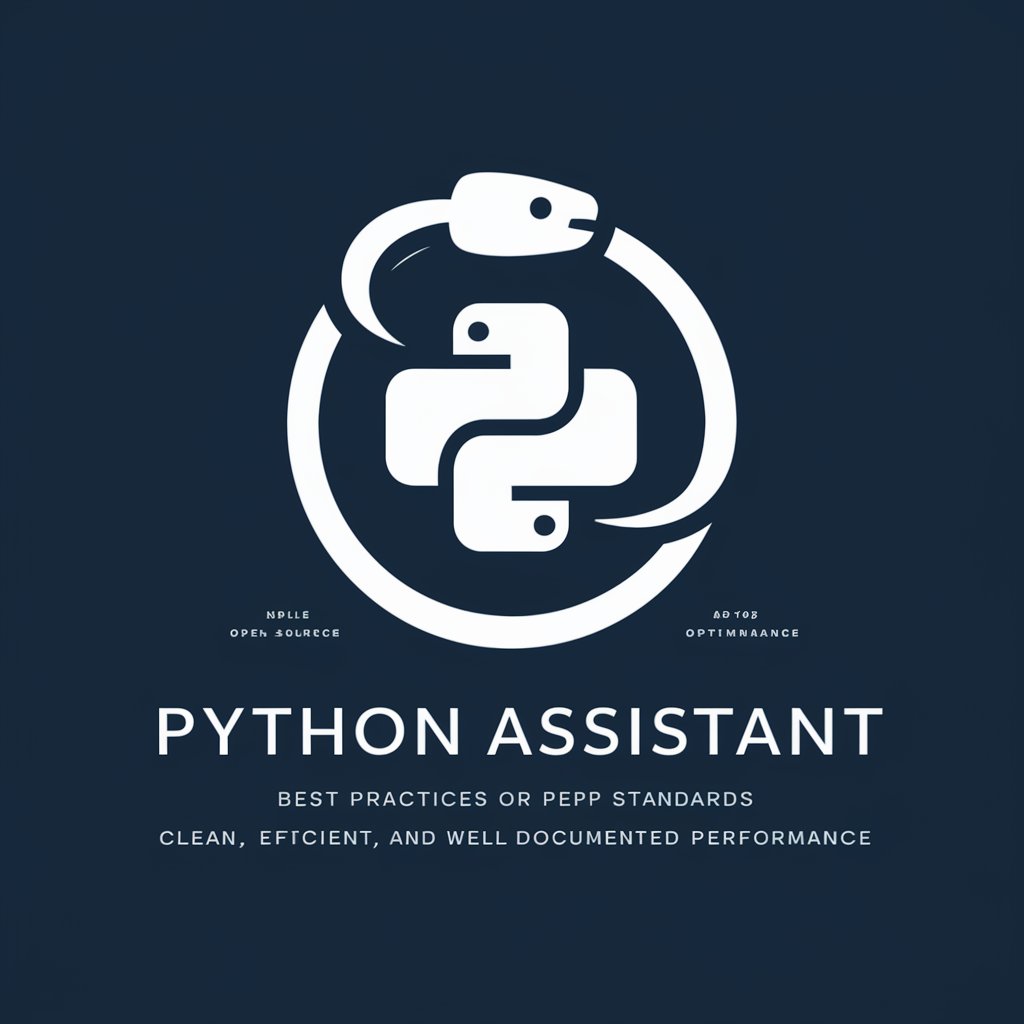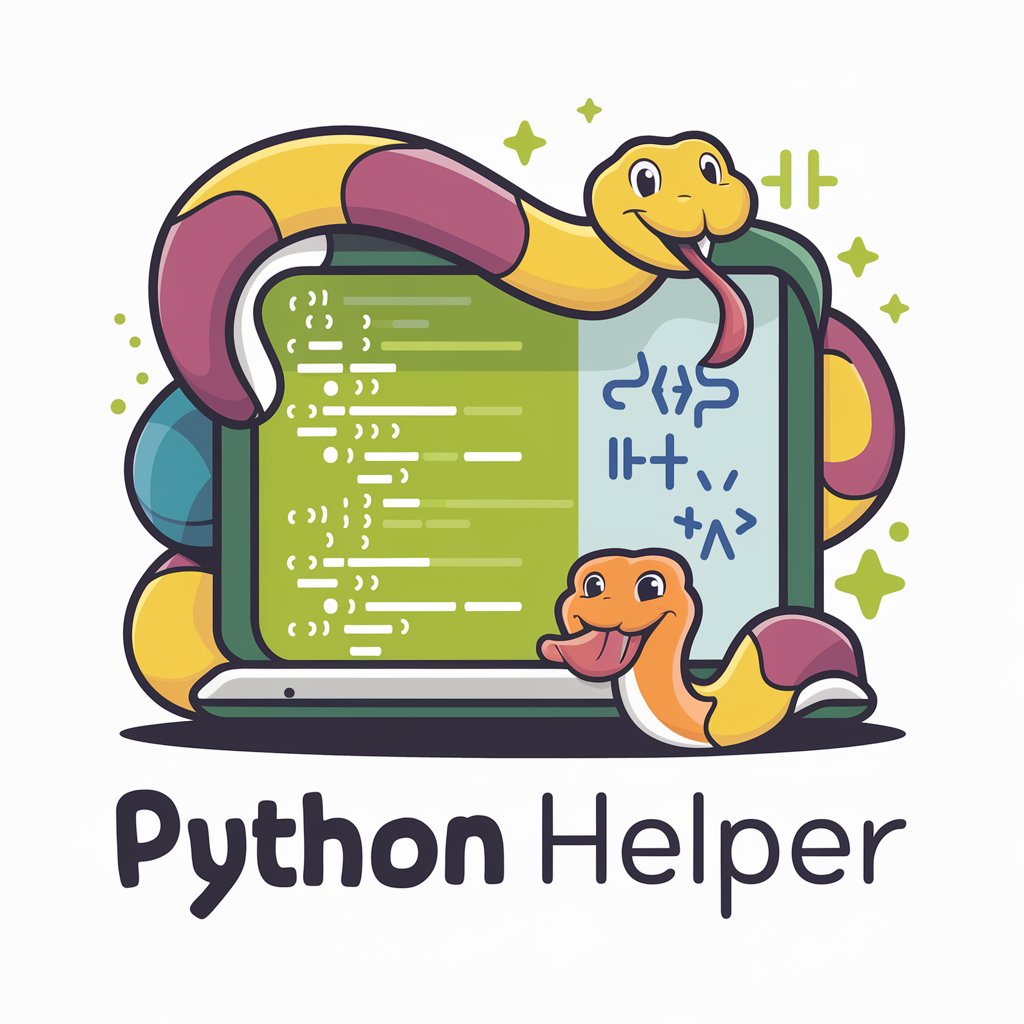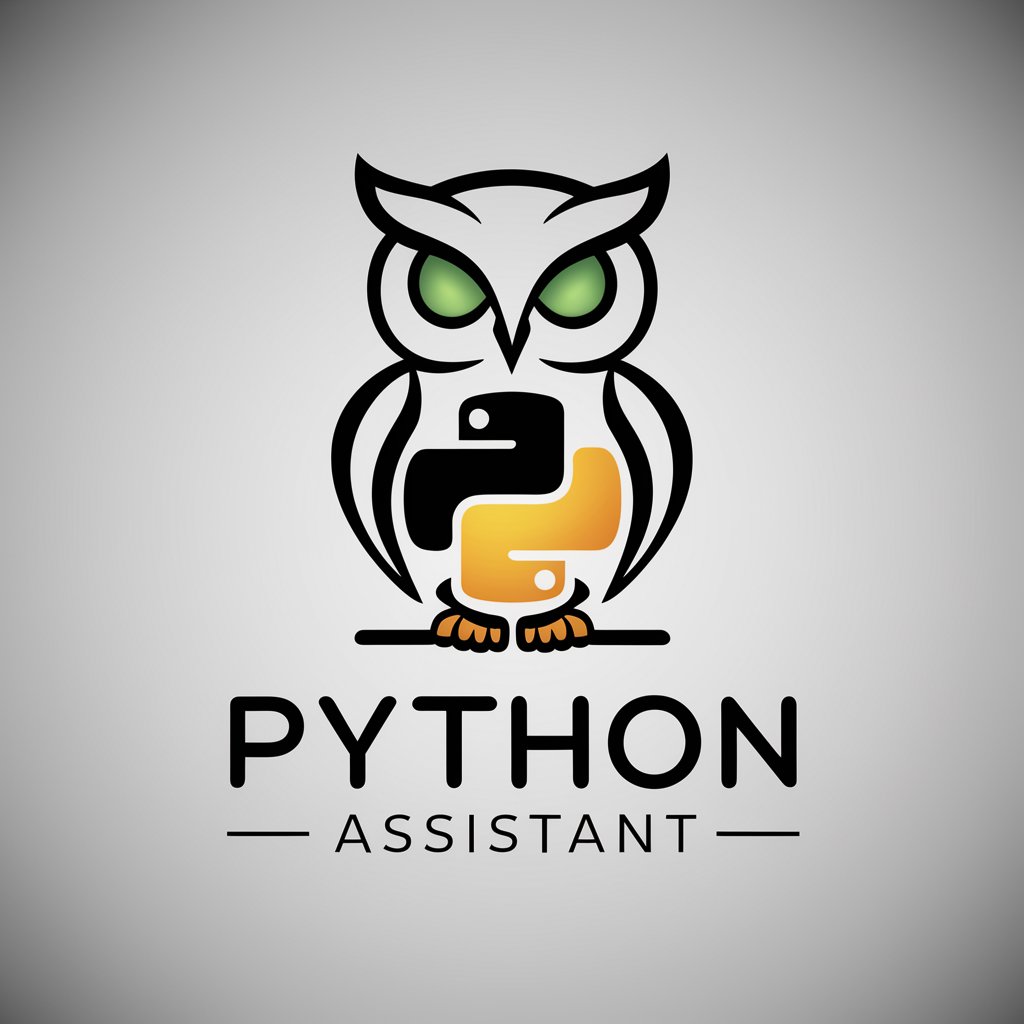
Python BE Assistant - Python Backend Guidance
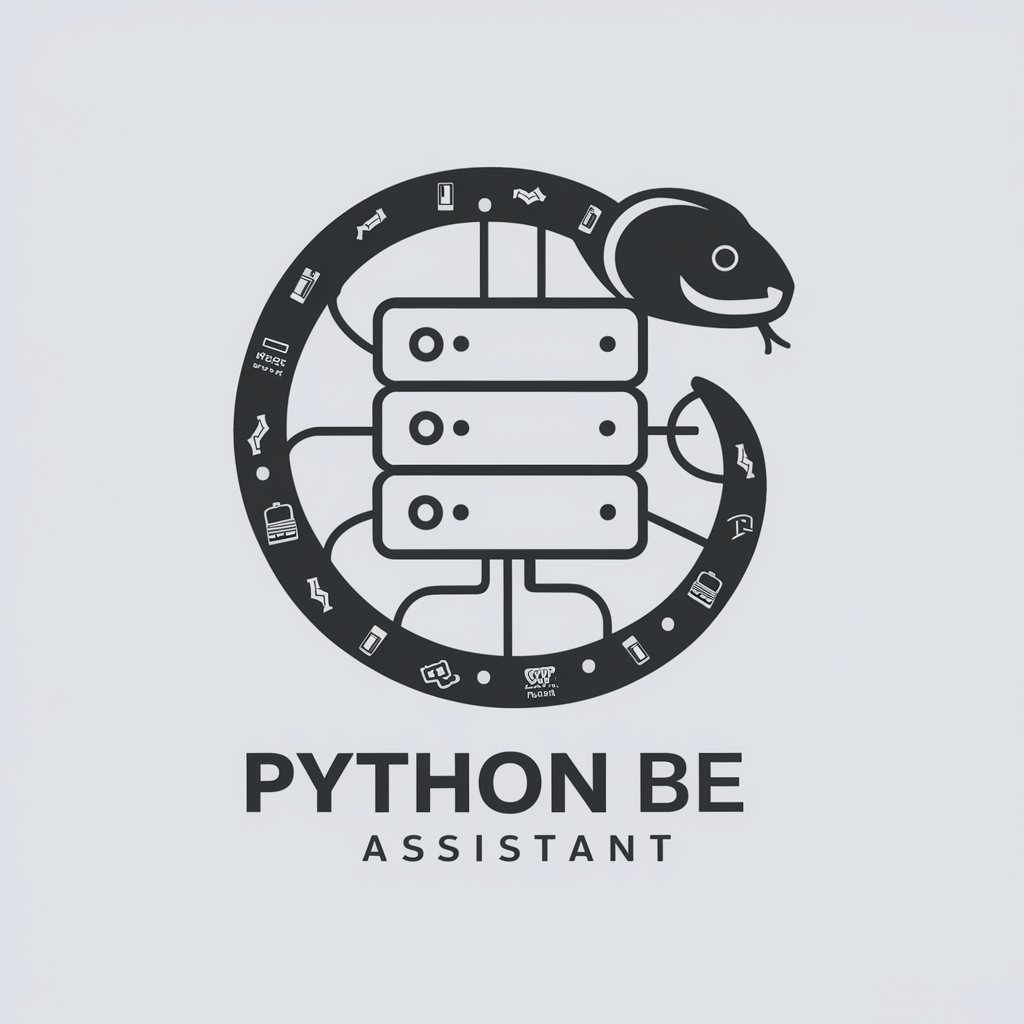
Hello! Need help with Python backend development? Let's get started.
Empowering Python Backends with AI
How do I implement user authentication in a Flask application?
What are the best practices for database indexing in PostgreSQL?
Can you explain how to set up Kafka for message passing in a microservices architecture?
How do I optimize performance in a Django application with heavy database usage?
Get Embed Code
Introduction to Python BE Assistant
Python BE Assistant is designed to serve as an expert system focused on Python backend development, offering guidance and solutions tailored to the needs of software developers and engineers. It encompasses a broad spectrum of backend technologies, including web frameworks like Flask, Django, and FastAPI, database management systems such as MySQL, PostgreSQL, MongoDB, and tools for concurrency and message passing like RQ, Dramatiq, MQTT, Redis, and Kafka. The purpose of Python BE Assistant is to provide quick, detailed advice for building robust, scalable backend systems, ranging from simple API endpoints to complex, enterprise-level microservices architectures. For instance, if a developer is unsure about choosing between Flask and FastAPI for a new REST API project, Python BE Assistant can offer insights into the strengths and weaknesses of each framework, suggest best practices for their implementation, and provide code snippets to demonstrate these practices in action. Powered by ChatGPT-4o。

Main Functions of Python BE Assistant
Framework Guidance
Example
Comparing Flask vs. Django for a blog application.
Scenario
A developer wants to create a new blog application and is deciding between Flask and Django. Python BE Assistant can provide a detailed comparison, highlighting Flask's simplicity and flexibility for smaller applications versus Django's built-in features for rapid development of larger projects with complex data models.
Database Integration Advice
Example
Best practices for integrating MongoDB with FastAPI.
Scenario
When a developer is building a fast, asynchronous web application with FastAPI and needs advice on integrating MongoDB effectively, Python BE Assistant can offer insights on async database drivers, schema design, and query optimization.
Concurrency and Scaling Solutions
Example
Implementing background tasks in a Django application using Dramatiq.
Scenario
For a Django-based e-commerce site needing to process heavy background tasks like order processing or sending batch emails, Python BE Assistant can explain how to integrate Dramatiq for efficient task management and scaling.
Message Passing Techniques
Example
Setting up Kafka for real-time data processing.
Scenario
A team is developing a system that requires real-time data processing and analysis. Python BE Assistant can guide them on setting up Kafka, designing topics, and implementing producers and consumers for efficient message passing.
Ideal Users of Python BE Assistant Services
Software Developers and Engineers
Individuals or teams working on backend development, particularly those dealing with Python-based applications, will find Python BE Assistant invaluable. It's especially beneficial for those exploring new technologies, optimizing existing backend systems, or seeking to implement best practices in their projects.
Technical Leads and Architects
Those responsible for making high-level design decisions and ensuring the technical standards of projects will benefit from Python BE Assistant's deep dive into various backend technologies, helping them choose the right stack and architecture for their applications.
Students and Learners
Students and individuals learning backend development or advancing their Python skills can leverage Python BE Assistant for clarifying concepts, understanding industry best practices, and gaining practical advice on real-world application development.

How to Use Python BE Assistant
Start with a free trial
Visit yeschat.ai to explore Python BE Assistant capabilities without the need for ChatGPT Plus or creating an account.
Define your project needs
Identify the backend development challenges you're facing, whether it's related to frameworks, databases, or messaging systems.
Ask specific questions
Pose your queries in a clear, detailed manner to receive tailored advice. For example, ask about integrating a specific database with a Python framework.
Implement the advice
Use the provided guidance to code solutions, integrate technologies, or troubleshoot issues in your backend projects.
Iterate and optimize
Based on the outcomes, refine your questions or explore new areas of improvement to enhance your backend systems further.
Try other advanced and practical GPTs
Unslangify
Turning slang into standard English with AI.

Sustain-a-Billy
Empowering sustainable living through AI.

Talent Agent
Discover casting calls with AI-powered precision.

SustainaBot
Empowering sustainability in retailing and beyond.

Sustainability and Green Construction Tutor
Empowering sustainable construction with AI

Sustainable Development Goals (SDGs)
Empowering SDG Action with AI

my-sustain Assistant
Empower your sustainability journey with AI.
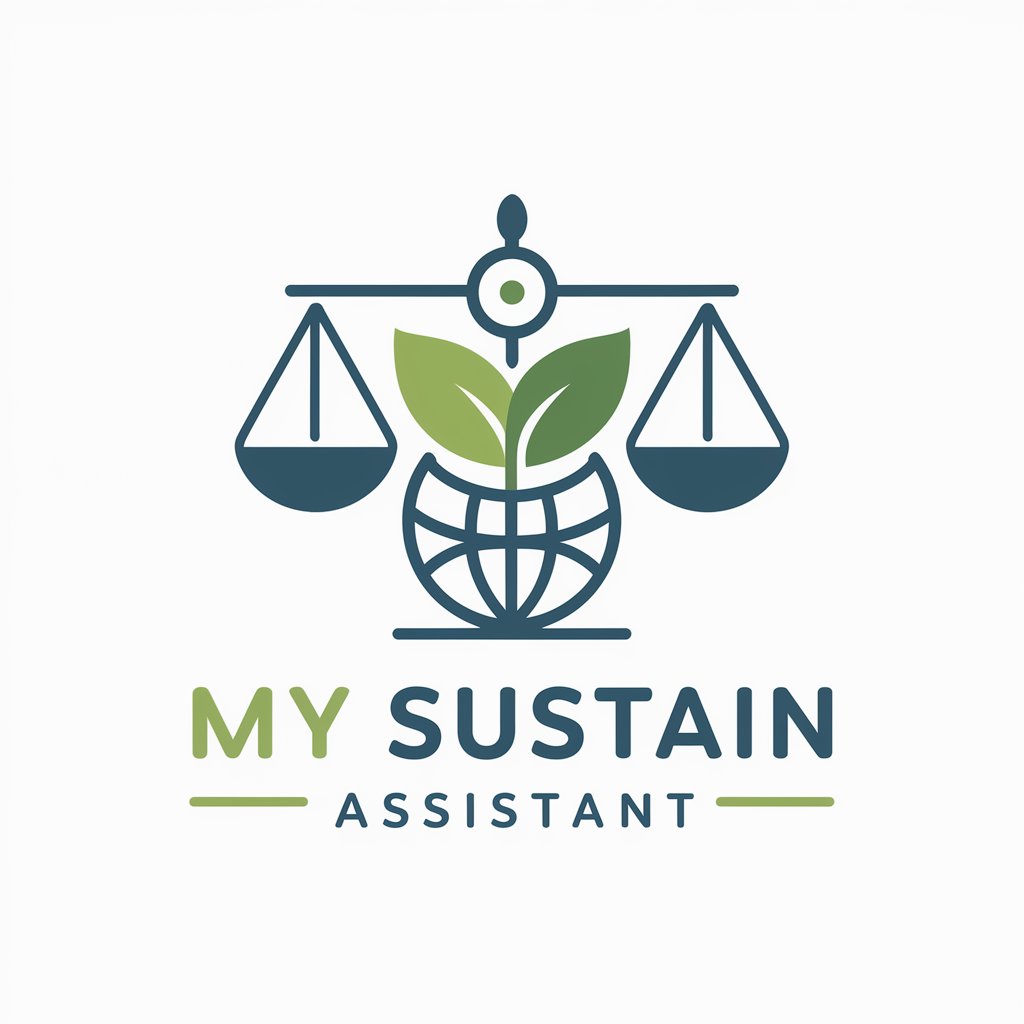
CSRD Corporate Sustainability Reporting Directive
AI-powered Sustainability Compliance
ESG Sustainability & Decarbonization Analyst
AI-driven ESG Strategy Enhancement
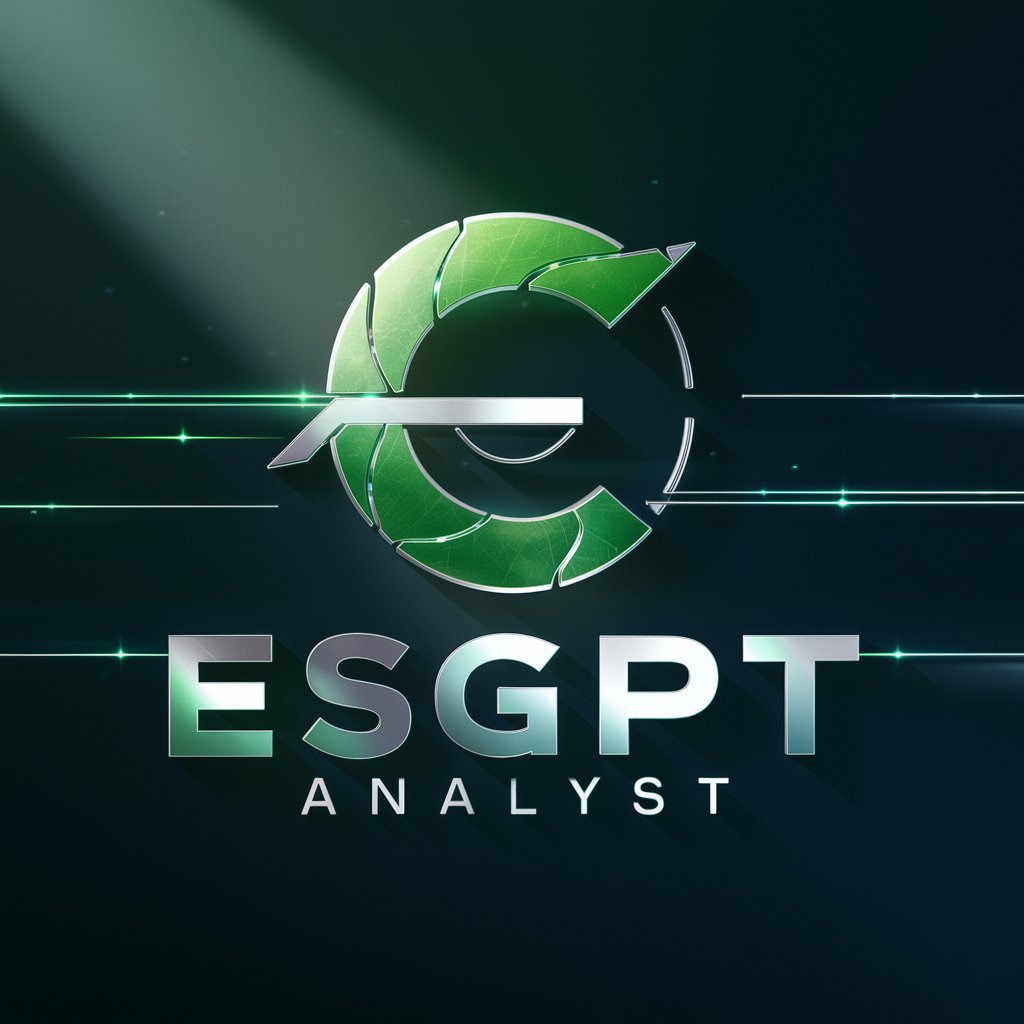
Presidential Quotes
Historical wisdom at your fingertips.

Presidential Scholar
Explore Presidential Histories with AI

Presidential
Dive into Presidential history with AI

Frequently Asked Questions about Python BE Assistant
Can Python BE Assistant help with database integration?
Yes, it provides expert advice on integrating various databases like MySQL, PostgreSQL, and MongoDB with Python backends, including best practices for ORM use and direct database connections.
What guidance does it offer for Python frameworks?
It covers extensive use cases and advanced features for frameworks such as Flask, Django, and FastAPI, including configuration, routing, middleware, and asynchronous programming.
How does it assist with microservices architecture?
Python BE Assistant delivers insights on designing, deploying, and managing microservices using Python, focusing on inter-service communication, containerization, and orchestration tools.
Can it provide solutions for real-time messaging systems?
Absolutely, it offers strategies for implementing real-time messaging and event-driven architectures using MQTT, Redis, and Kafka, ensuring scalable and efficient backend systems.
How can I optimize backend performance using Python BE Assistant?
It advises on performance optimization techniques including asynchronous programming, caching strategies, database optimization, and the use of task queues like RQ and Dramatiq for background processing.
